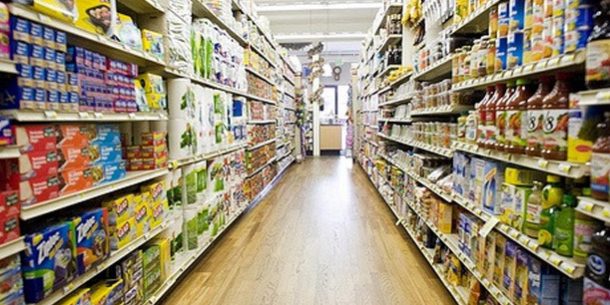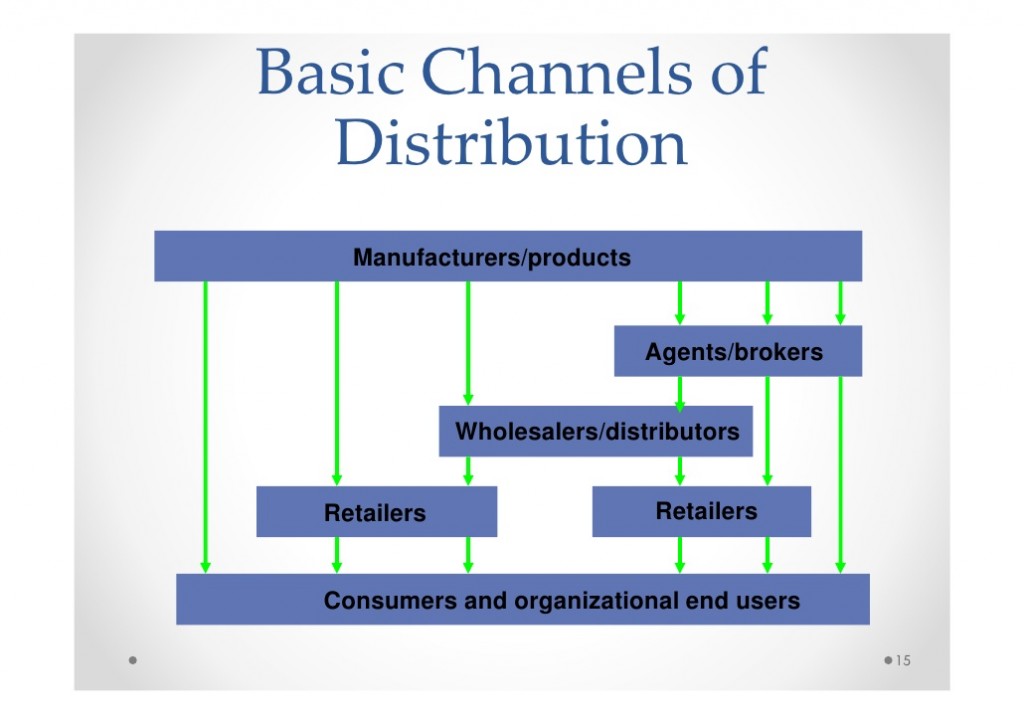One of the main distribution channels and sales strategies for products is retail chains. Retail stores and chains can give a brand and product manufacturer a drastic boost in sales and profitability.
Depending on the type of product, a company should identify first the prime and best retail chains to target for distribution and sales. Not every type of retailer will be a good fit. Many retail chains will only add products that contribute value to their brand and are in alignment with the style of the store.
How To Get Your Products On The Shelf With Retail Chains
One of the key things to consider and decide is whether as a business to distribute the product to retailers and distributors directly or hire help such as sales brokers. Sales brokers tend to have already established relationships with retailers and distributors.
Sales Brokers
Sales brokers are individuals or sales organizations that for a monthly fee will start the sales cycle for a business with retailers. Sales brokers often cover specific regions and have sales people that can setup appointments with retail buyers and pitch the products to them, including provide samples, pricing, and product sheets on behalf of the brand. Sales brokers can significantly increase retail distribution for a brand.
Distributors
Distributors are who retail stores often order their products from. In other words, many retail chains do not buy and place products on their shelves from manufacturers directly, but order from distributors. Distributors can be regional, state, or national. Some of the largest national distributors buy the products out right, store them, and resell them to retail chains.
Retail Sales Process
Brands must work out all the pricing points before trying to start the sales process with brokers and retailers. This is standard and expected by the industry. As a product manufacturer and brand, pricing sheets should include suggested retail prices, wholesale prices, distributor pricing, and so on. Retail chains may buy volume, but with smaller profit margins for the manufacturer. Individual retailers and boutiques usually do lower volumes with higher margins.
Any retailer that is a target should be visited by the business to see what type of products they have that are similar. Brands should ask if the retailer offers any special consideration for local brands and manufacturers. Also, what type of vendor application process they have. Many retailer chains these days have the applications online for brands and vendors.
The next step is to contact the category buyer of targeted retailers and retail chains. This is often done through sales brokers, especially if retailers prefer not to order directly from brands and manufacturers.
The last step is to schedule a meeting with the buyer and do the presentation. Leave products to be sampled, and all the required documentation such as pricing, product sheets, brochures, and anything else that is required.
To gain a better understanding of requirements, opportunities, and processes, a brand and business can always work through consulting services to get help. Business consultants can give advice, give referrals, and manage certain aspects for the client. Business consultants often help clients avoid costly mistakes and pitfalls, which is often helpful to businesses that are expanding market share.








